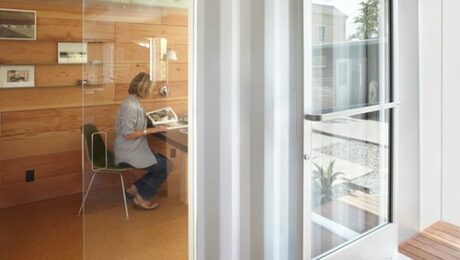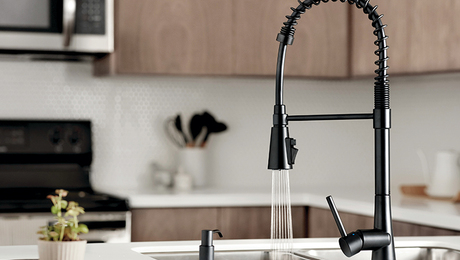Minisplit controls?
I’m planning a ducted minisplit system for our renovated large house.
It will be 4 floors (inc basement and cathedral attic) but likely 6+ zones given the size of the house (6k above grade).
Im looking at mitsubishi hyperheat or the fujitsu ducted sustems.
Q. Is there a major difference in the contrils in terms of features / quality?
Q. How do these work in a whole-house heat/cool use? I have wall mounted units currently but the have IR remote controls. What about zoning a whole house?
I can imagine scenarios where i might want lots of different zone conbinations. Can they be programmed?
E.g
Whole house low level warm all zones (so pipes dont freeze in unused parts of house) while asubset of rooms are further heated to ~68 degrees.
Summer cooling in active bedrooms but not all etc..
Guidance?
The house will be super insulated
GBA Detail Library
A collection of one thousand construction details organized by climate and house part









Replies
Edward,
There are many elements to your question. The first step is to perform a room-by-room heat loss and cooling load calculation using Manual J or similar software. Only after this work is performed will it be possible to help you. (We don't even know your climate zone or location.)
A few things jump out: the desire to build a superinsulated house (implying that your loads will be very low) and the desire for 6 zones using ducted minisplits. These goals seem incompatible to me.
If you install 6 systems -- enough for 6 zones -- you are likely to have several times the needed capacity to meet your heating load and cooling load.
In any case, step 1 is to do the load calculations and share a floor plan. And if you would like GBA readers to provide useful advice, tell us your location or climate zone.
+1 on running the heating & cooling load numbers before deciding on how many zones and what type of solution. But with 6000 square feet of space having six zone's may not be insane. Half ton mini-duct cassettes designed for use exist, and with a 6 zone multi-split it might in work OK if the refrigerant line run lengths aren't too long, but without the load numbers it's hard to say what actually makes sense. (I've seen situations where a pair of 2-ton 3 head multi-splits worked out OK.)
What are your 1% and 99% outside design temps? Climate zone= ?
Insulation and air sealing alone is usually enough to prevent pipes from freezing in zones 6 & lower. The fact that it's a concern at all suggests you're in zone 5 or higher.
Dear Martin, David
The house is in zone 5 (Cambridge, MA).
Heat and cool loads will indeed be calculated but zoning is a function of size and my desire for flexibility rather than tonnage.
I currently run a halcyon with 4 heads and my thinking for the new house is to have two or 3 condensers running multiple heads each (load calc will determine). The house is 6k above grade andso will be 8.5k total sqft (big old Victorian)
Plan is for 4" external foam with pretty good Marvin next gen windows (historic districting)
The ~6000-7000 BTU/hr minimum modulated output of each multi-split compressor becomes an issue when looking at multiples in a high-R house. With three of them you're looking at ~20,000 BTU/hr as the minimum load at which they are still modulating and operating efficiently. A your R-values with better than code windows that could be more than half your design heat load @ ~ +10F, and they might not modulate in heating mode wherever it's above 30F or so, which is your average outdoor temp in January, and well below your average outdoor temp. With multi-split compressors, less/fewer is more.
With 4" of exterior foam and better than code windows, if the house is reasonably air tight and the foundation is insulated you have approximately ZERO freeze-up risk in your location and would not have to actively heat the basement even during Polar Vortex events.
But Dana, what about that movie? New York froze in minutes with the super polar vortex.. ?
;-*
Is that movie playing at the Brattle any time soon? ;-)
Besides, It was New York that froze in the movie. Everyone knows that there is so much hot air in Cambridge that it'll never freeze:-)
Ok. So back to the original question.
What are the whole-house controls like with these systems? Any difference between them in capability?